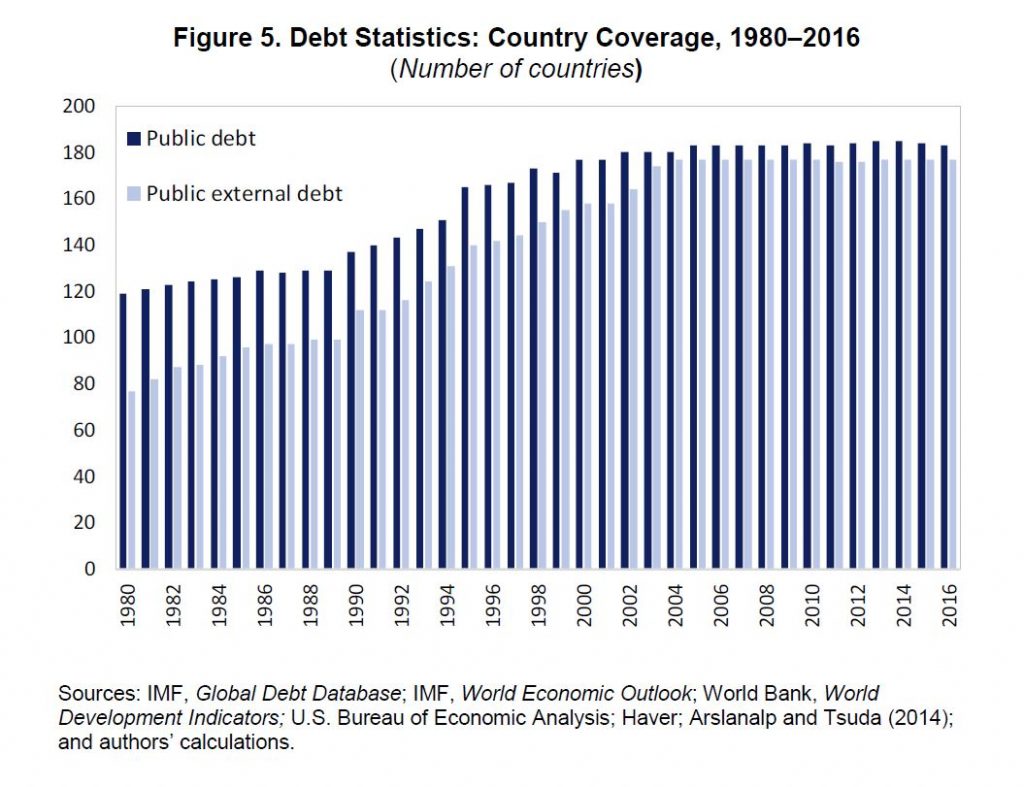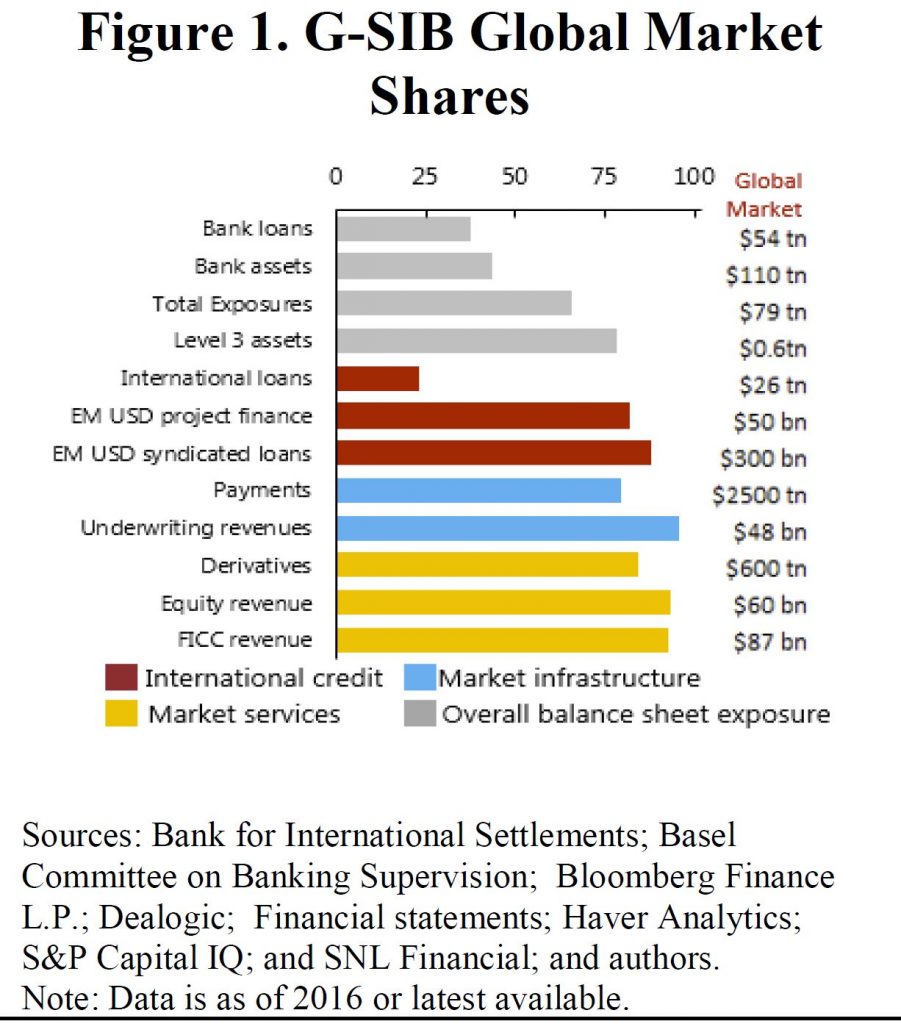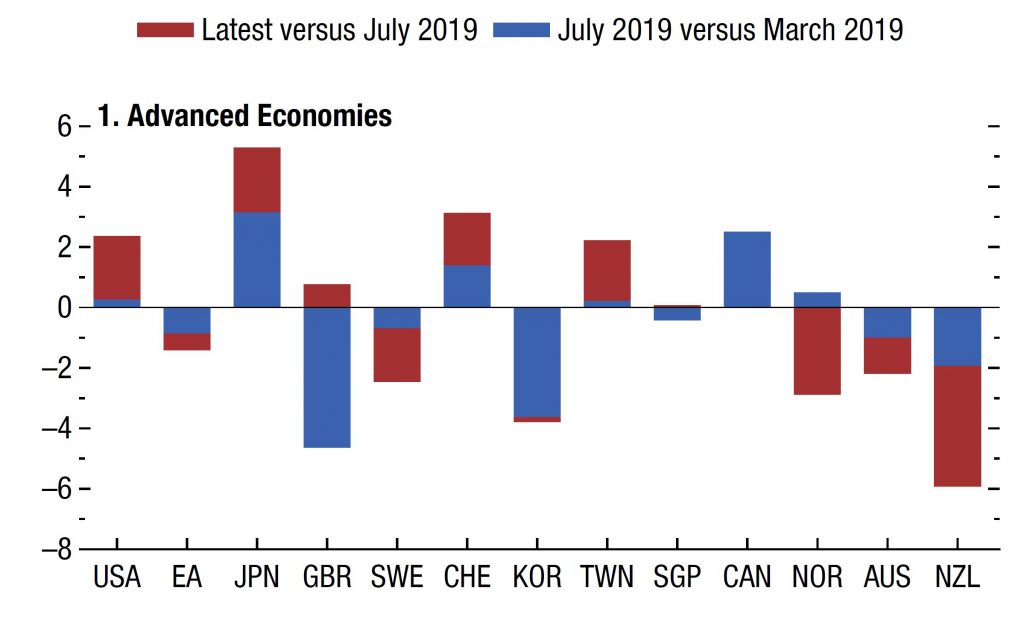Hot off the press – How Can Interest Rates Be Negative? – we get the latest missive from the IMF which confirms precisely what we have been saying.
But the concern remains about the limits to negative interest rate policies so long as cash exists as an alternative.

Here is the article. Read, and weep….
Money has been around for a long time. And we have always paid for using someone else’s money or savings. The charge for doing this is known by many different words, from prayog in ancient Sanskrit to interest in modern English. The oldest known example of an institutionalized, legal interest rate is found in the Laws of Eshnunna, an ancient Babylonian text dating back to about 2000 BC.
For most of history, nominal interest rates—stated rates that borrowers pay on a loan—have been positive, that is, greater than zero. However, consider what happens when the rate of inflation exceeds the return on savings or loans. When inflation is 3 percent, and the interest rate on a loan is 2 percent, the lender’s return after inflation is less than zero. In such a situation, we say the real interest rate—the nominal rate minus the rate of inflation—is negative.
In modern times, central banks have charged a positive nominal interest rate when lending out short-term funds to regulate the business cycle. However, in recent years, an increasing number of central banks have resorted to low-rate policies. Several, including the European Central Bank and the central banks of Denmark, Japan, Sweden, and Switzerland, have started experimenting with negative interest rates —essentially making banks pay to park their excess cash at the central bank. The aim is to encourage banks to lend out those funds instead, thereby countering the weak growth that persisted after the 2008 global financial crisis. For many, the world was turned upside down: Savers would now earn a negative return, while borrowers get paid to borrow money? It is not that simple.
Simply put, interest is the cost of credit or the cost of money. It is the amount a borrower agrees to pay to compensate a lender for using her money and to account for the associated risks. Economic theories underpinning interest rates vary, some pointing to interactions between the supply of savings and the demand for investment and others to the balance between money supply and demand. According to these theories, interest rates must be positive to motivate saving, and investors demand progressively higher interest rates the longer money is borrowed to compensate for the heightened risk involved in tying up their money longer. Hence, under normal circumstances, interest rates would be positive, and the longer the term, the higher the interest rate would have to be. Moreover, to know what an investment effectively yields or what a loan costs, it important to account for inflation, the rate at which money loses value. Expectations of inflation are therefore a key driver of longer-term interest rates.
While there are many different interest rates in financial markets, the policy interest rate set by a country’s central bank provides the key benchmark for borrowing costs in the country’s economy. Central banks vary the policy rate in response to changes in the economic cycle and to steer the country’s economy by influencing many different (mainly short-term) interest rates. Higher policy rates provide incentives for saving, while lower rates motivate consumption and reduce the cost of business investment. A guidepost for central bankers in setting the policy rate is the concept of the neutral rate of interest : the long-term interest rate that is consistent with stable inflation. The neutral interest rate neither stimulates nor restrains economic growth. When interest rates are lower than the neutral rate, monetary policy is expansionary, and when they are higher, it is contractionary.
Today, there is broad agreement that, in many countries, this neutral interest rate has been on a clear downward trend for decades and is probably lower than previously assumed. But the drivers of this decline are not well understood. Some have emphasized the role of factors like long-term demographic trends (especially the aging societies in advanced economies), weak productivity growth, and the shortage of safe assets. Separately, persistently low inflation in advanced economies, often significantly below their targets or long-term averages, appears to have lowered markets’ long-term inflation expectations. The combination of these factors likely explains the striking situation in today’s bond markets: not only have long-term interest rates fallen, but in many countries, they are now negative.
Returning to monetary policy, following the global financial crisis, central banks cut nominal interest rates aggressively, in many cases to zero or close to zero. We call this the zero lower bound, a point below which some believed that interest rates could not go. But monetary policy affects an economy through similar mechanics both above and below zero. Indeed, negative interest rates also give consumers and businesses an incentive to spend or invest money rather than leave it in their bank accounts, where the value would be eroded by inflation. Overall, these aggressively low interest rates have probably helped somewhat, where implemented, in stimulating economic activity, though there remain uncertainties about side effects and risks.
A first concern with negative rates is their potential impact on bank profitability. Banks perform a key function by matching savings to useful projects that generate a high rate of return. In turn, they earn a spread, the difference between what they pay savers (depositors) and what they charge on the loans they make. When central banks lower their policy rates, the general tendency is for this spread to be reduced, as overall lending and longer-term interest rates tend to fall. When rates go below zero, banks may be reluctant to pass on the negative interest rates to their depositors by charging fees on their savings for fear that they will withdraw their deposits. If banks refrain from negative rates on deposits, this could in principle turn the lending spread negative, because the return on a loan would not cover the cost of holding deposits. This could in turn lower bank profitability and undermine financial system stability.
A second concern with negative interest rates on bank deposits is that they would give savers an incentive to switch out of deposits into holding cash. After all, it is not possible to reduce cash’s face value (though some have proposed getting rid of cash altogether to make deeply negative rates feasible when needed). Hence there has been a concern that negative rates could reach a tipping point beyond which savers would flood out of banks and park their money in cash outside the banking system. We don’t know for sure where such an effective lower bound on interest rates is. In some scenarios, going below this lower bound could undermine financial system liquidity and stability.
In practice, banks can charge other fees to recoup costs, and rates have not gotten negative enough for banks to try to pass on negative rates to small depositors (larger depositors have accepted some negative rates for the convenience of holding money in banks). But the concern remains about the limits to negative interest rate policies so long as cash exists as an alternative.
Overall, a low neutral rate implies that short-term interest rates could more frequently hit the zero lower bound and remain there for extended periods of time. As this occurs, central banks may increasingly need to resort to what were previously thought of as unconventional policies, including negative policy interest rates.
No, central banks are taking us down a blind alley!









